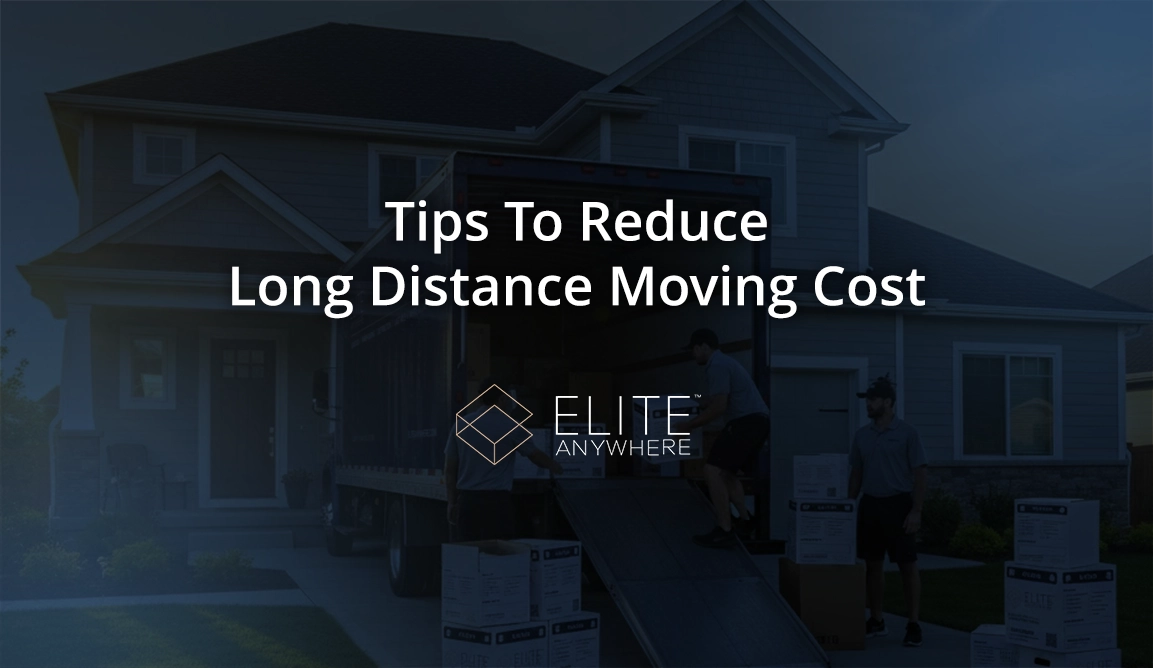There’s something about Hawaii that makes it feel like the kind of place you’d never want to leave. Maybe it’s the sound of the ocean, the pace of everyday life, or the deep sense of connection to the land and community. Whatever it is, it sticks with you. Of course, turning that dream into reality takes more than a plane ticket and a suitcase.
Relocating to the islands comes with its own set of challenges, from navigating shipping logistics to adjusting to a very different cost and way of living. If you have chosen Hawaii as your new home, our moving experts at Elite Anywhere are here for you with a detailed moving to Hawaii guide. They go through everything from moving without a job and moving with pets, to choosing among the Hawaii moving companies and everything else you need to know before you go.
Can I Move to Hawaii?
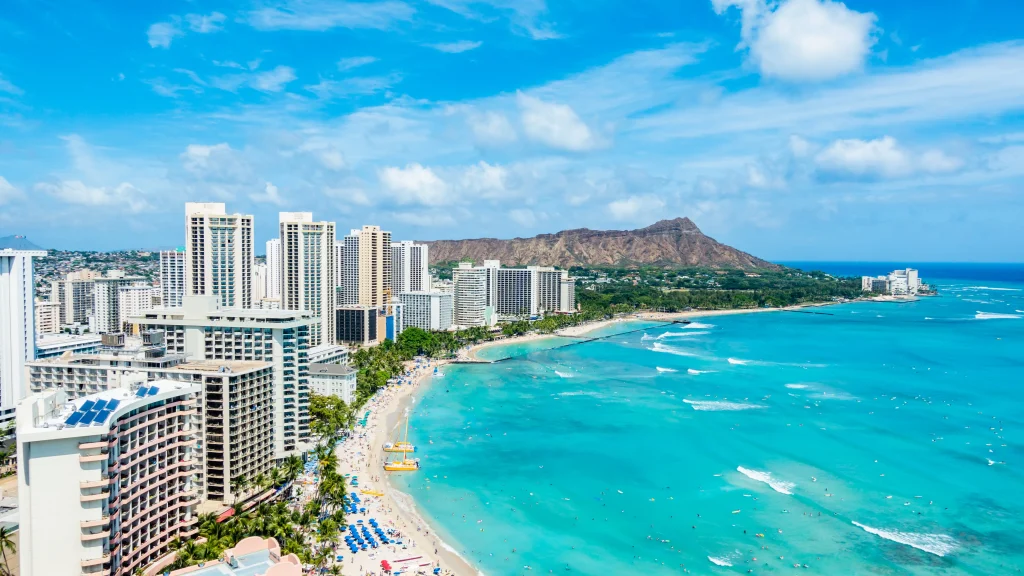
Since Hawaii is a U.S. state, there are no special visas or permits required for American citizens to move there. So if you’re a U.S. resident, moving to Hawaii is as legally straightforward as relocating to any other state.
So, can you move to Hawaii? Absolutely! The real question is, are you ready to live an island life? The cost of living is significantly higher, especially when it comes to housing, groceries, and transportation. Jobs can be competitive depending on your field, and adapting to the pace and culture of island life takes time.
Why Move to Hawaii?
People choose to move to Hawaii for all kinds of reasons. Some are escaping snow and big-city stress, others are looking for a better work-life balance, and a lot just fall in love with the vibe. The aloha spirit is a way of life that emphasizes kindness, connection, and community. And once you feel it, it’s hard to shake.
Hawaii has a way of getting under your skin. With its stunning beaches, tropical scenery, and laid-back lifestyle, it’s no surprise so many people dream about making the islands their home. Whether you’re a surfer chasing the next perfect wave, a retiree looking to slow things down, or a remote worker tired of cold winters, Hawaii has something for just about everyone.
That said, island life isn’t for everyone. The cost of living is high, job options can be limited depending on what you do, and being far from the mainland can make things like visiting family or shopping on a budget a bit tricky. Some people also experience “island fever,” especially if they’re used to having lots of places to drive or travel to on a whim.
Pros & Cons of Moving to Hawaii
There are many things to consider before moving to Hawaii, so here’s a breakdown of all the pros and cons of island life:
Pros:
1. Natural Beauty Year-Round
From dramatic cliffs on Kauai to black sand beaches on the Big Island, the islands offer unmatched outdoor experiences. Sunsets, waterfalls, and jungle-covered valleys are going to become a part of your everyday life, not just vacation highlights.
2. Warm Climate
No more snow boots or scraping ice; Hawaii’s temperatures are mild and sunny almost every day. Even in winter, you can wear shorts and sandals, and outdoor plans rarely get rained out.
3. Strong Sense of Community
The islands have tight-knit, family-oriented communities that many find welcoming and supportive. Neighbors often look out for each other, and there’s a strong emphasis on respect, kindness, and shared responsibility.
4. Outdoor Lifestyle
Surfing, hiking, diving, and paddling can become part of your everyday routine. Staying active feels effortless when nature is right outside your door and the weather rarely says “no.”
Cons:
1. High Cost of Living
Everything is more expensive due to the remote location, so expect to pay more for basics like milk, eggs, and utilities.
2. Limited Job Market
Unless you have remote work or a job lined up, employment opportunities can be limited depending on your field. Industries like tourism and healthcare are more common, but tech and finance roles can be harder to find.
3. Island Fever
Some newcomers find the small scale and geographic isolation challenging over time. You can’t just take a weekend road trip out of state, and flights to the mainland aren’t cheap or quick.
4. Shipping & Logistics
Moving to Hawaii from mainland states involves complex shipping and planning, not to mention cost. Furniture, cars, and large items can take weeks to arrive, and you may need to live light while waiting.
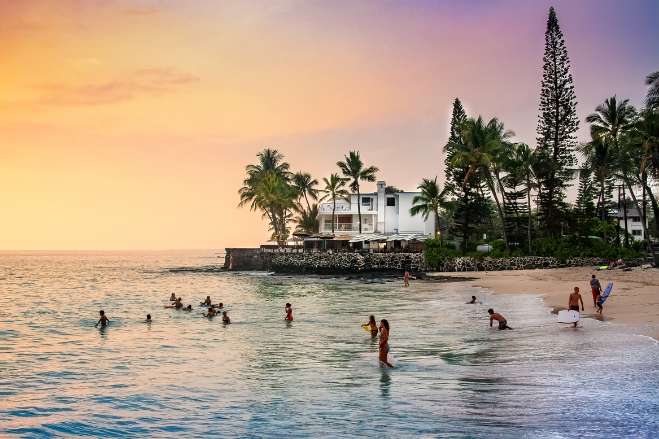
Choosing the Right Island
One of the most important decisions you’ll make when planning your Hawaii move is where to live. If you’re moving to Hawaii from California, you might find the transition a bit easier, especially to Oahu or Maui, where the pace and amenities will feel familiar. For those moving to Hawaii from NYC, the shift can be more dramatic, so choosing the right fit can make a huge difference in how quickly you settle in and feel at home.
Oahu
The most urban island, Oahu is home to Honolulu and Waikiki. It offers strong job opportunities, public transportation, and a mix of city life with access to nature. It’s a solid choice for professionals and anyone who wants more convenience. If you’re moving from California to Hawaii, Oahu may feel like the easiest transition thanks to their similar pace and amenities.
Maui
Maui blends resort living with a relaxed, small-town feel. It’s popular with families and retirees and offers great beaches, schools, and outdoor activities. Keep in mind that the cost of living here can be high.
Big Island
With the most land and the lowest housing prices, the Big Island is ideal for those looking for space and a slower, more self-sufficient lifestyle. It’s great for remote workers and anyone interested in rural living.
Kauai
Kauai is lush, quiet, and more laid-back than the other islands. It’s a favorite among nature lovers, artists, and remote workers looking for peace and a close connection to the outdoors.
Molokai and Lanai
These smaller islands have limited infrastructure but strong community ties. They are best for those who value simplicity, privacy, and a slower way of life.
Prepping for Your Move
A cross-ocean relocation requires more than the typical moving checklist. Here are some essential steps to help you prepare:
1. Create a Moving to Hawaii Checklist
A smooth Hawaii relocation starts with a solid plan. Creating your own moving to Hawaii checklist helps you stay organized, reduce stress, and avoid last-minute surprises. This isn’t your typical move; you’re crossing an ocean, dealing with time zone changes, and adapting to a whole new lifestyle.
Here’s what you can include:
- Research neighborhoods and schools: Some areas are more local and residential, while others cater to tourism or retirees. If you have kids, explore school options early.
- Get quotes from Hawaii moving companies: Reach out to Hawaii moving companies early to compare rates and services. Look for movers with experience in cross-Pacific or inter-island relocations, and read reviews to find a good fit.
- Book flights (and pet travel, if needed): Airfare can get expensive, so book early. If you’re moving to Hawaii with pets, be sure to follow the state’s strict travel and quarantine guidelines.
- Notify banks and utility providers: Update your address with banks, credit cards, insurance, and utilities. Set up service cancellations or transfers in advance to avoid any gaps.
- Decide what to bring vs. buy locally: Shipping big items can be costly. Bring only what you truly need. Furniture and household basics can often be found locally through secondhand shops or community groups.
2. Choose a Trusted Moving Partner
Working with an experienced moving company in Hawaii can save you major headaches. Looking into Hawaii moving and storage options can also help if your home isn’t ready upon arrival, and some Hawaii moving services offer full-service relocation support, including packing, shipping, and furniture assembly.
3. Plan for Your Pets
Moving with pets requires serious preparation. The state has strict regulations about moving with pets due to its rabies-free status. You’ll need:
- Updated vaccinations
- Rabies antibody (titer) test
- Microchip
- Required forms and quarantine coordination (even for direct airport release)
Moving to Hawaii Without a Job
This is doable, but only with savings and a realistic plan. Some people move first and job-hunt later, while others line up remote work in advance. Freelancers, digital nomads, and remote professionals have more flexibility, but you’ll want at least 3–6 months of expenses saved up.
Tips for Moving to Hawaii
Here are a few tips to help you settle in smoothly and avoid the common headaches of an island move:
1. Ship Only What You Need
Shipping a lot of stuff across the ocean can get pricey fast, and homes in Hawaii tend to have less storage space than what you might be used to. Bring the basics, and consider furnishing your place once you arrive.
2. Be Patient
“Island time” is a real thing. Deliveries, appointments, and services often move at a slower pace than on the mainland. It’s not laziness, it’s just a different rhythm of life. Embrace it, and plan accordingly.
3. Respect the Culture
Hawaii is home to a rich native culture and deep-rooted communities. Taking time to learn about local customs, language, and values (like aloha and kuleana) will help you connect and be welcomed more openly.
4. Prepare Financially
The cost of living in Hawaii is no joke. Groceries, gas, utilities, and rent are all higher than average. Build a realistic budget before you move, and make sure you have a financial cushion for unexpected expenses.
5. Connect with Locals Before You Arrive
Join online groups, local forums, or even subreddits focused on island life. You’ll get honest advice on neighborhoods, cost-saving tips, and what to expect during your first few months. The local insight is priceless.
6. Adjust to Island Life
After the boxes are unpacked and the dust settles, the real transition begins. Adapting to island life means letting go of some mainland expectations, and slower internet speeds, fewer big-box stores, and a closer connection to nature are part of the package. Expect to trade some convenience for peace and beauty.
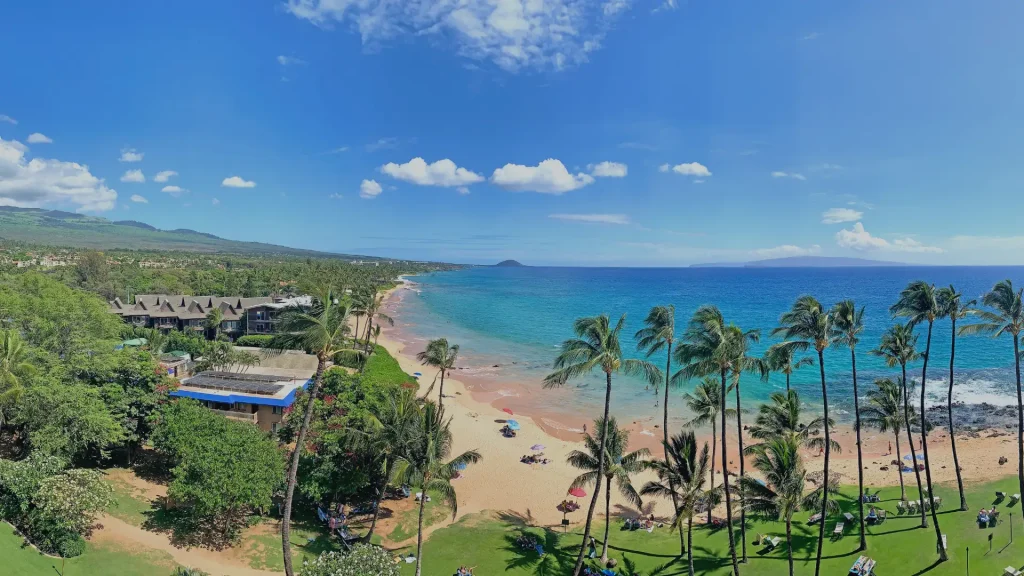
Conclusion
If you’re moving from the mainland to Hawaii, you’re in for a complete lifestyle change. The warmth of the aloha spirit and easy access to stunning natural beauty are going to become a part of your everyday life. It’s a rewarding shift, but it comes with a few challenges you won’t face on a typical relocation. Even getting there is more complicated than a standard move. Figuring out shipping, dealing with pet rules, and getting used to smaller spaces and slower services are just a few of the curveballs that will come with this move. But with a little planning, you can cut down the stress and start settling into the slow rhythm of island living.
Share this article:
About Us
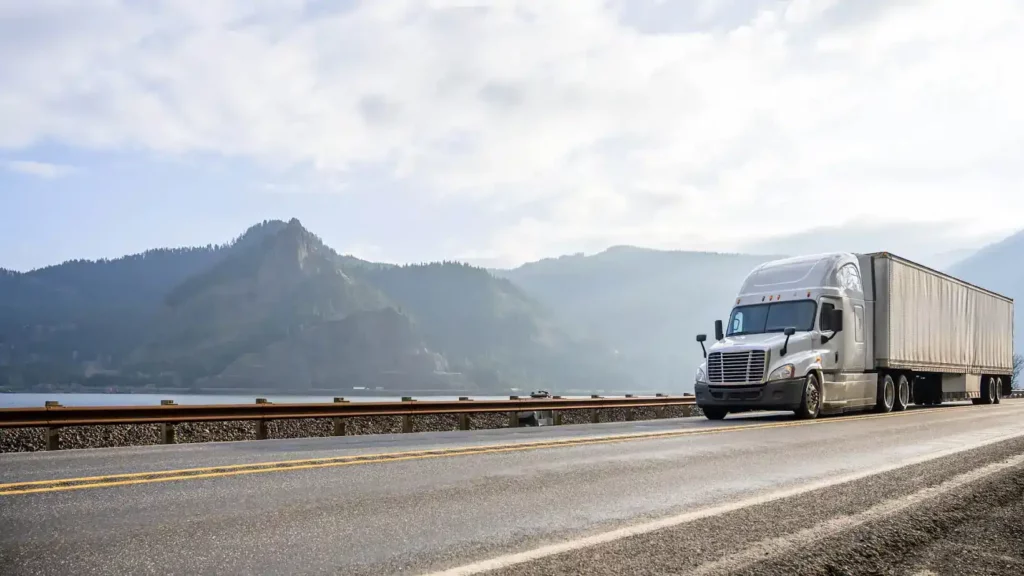
More than just a white glove delivery company: we specialize in receiving, warehousing, shipping, and national white glove delivery & installation services.
Categories
Related posts
Ready to get started?

Experience new growth opportunities and elevate your business to the next level with our unparalleled white-glove delivery service and extensive coverage. By partnering with us, you can tap into previously undiscovered potential that will drive you closer to your goals.

Latest blog posts
The Fascinating World of Collectible Figurines
Want to start a figurine collection? Discover expert tips on valuation, rare finds, and caring for your collectible figurines. Start your journey today!
Best Corporate Office Interior Design Ideas
Transform workspaces with this corporate office interior design tips! Create a productive and stylish environment that inspires innovation.
Flex Warehouse Innovations: Redefining Storage Dynamics
Flex Warehouse Innovations: Redefining Storage Dynamics As businesses and individuals seek greater flexibility, the demand for workspaces that can seamlessly adapt to diverse needs

A complete end-to-end logistics company. From receiving to last-mile delivery and everything in between, our staff delivers a true white glove experience with meticulous care and attention to detail. Need something pickup up, crated, and delivered - anywhere in the world? Let's get started!


